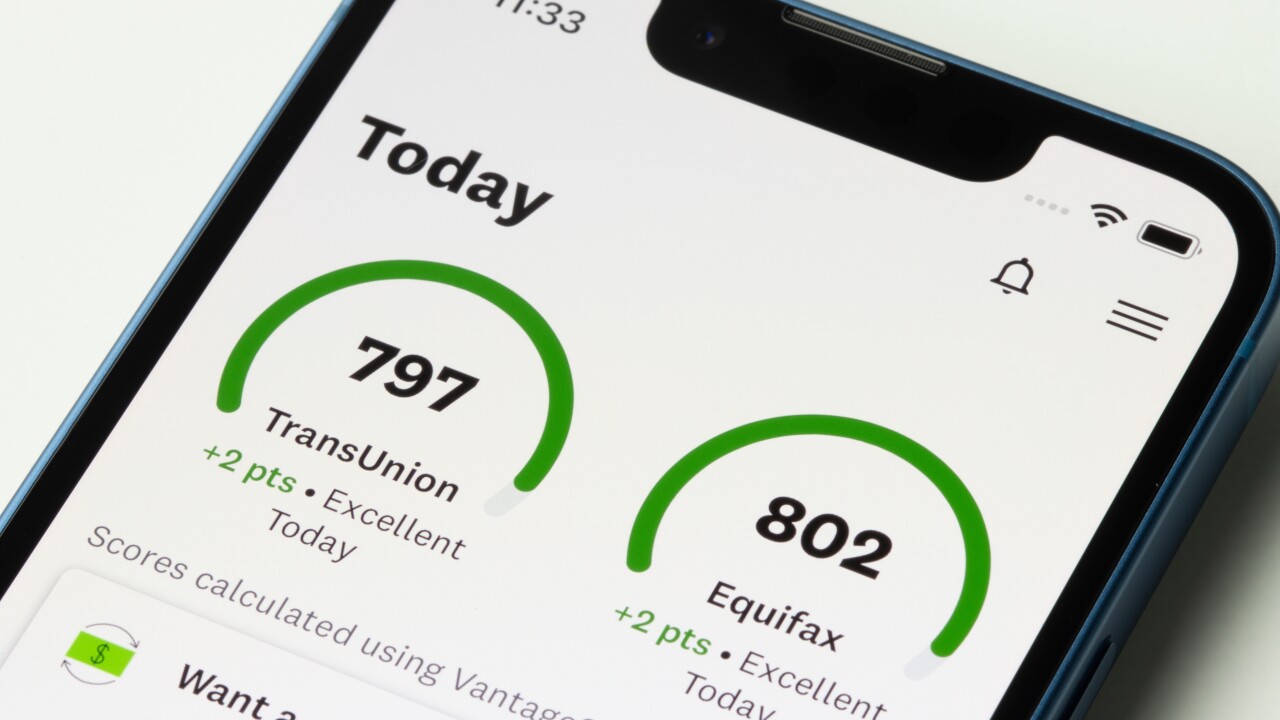WASHINGTON -- The Federal Reserve Board on Wednesday took yet another step in unwinding its bond buying program, paring it to $55 billion.
Despite signs that economic growth slowed this winter, policymakers agreed to continue to reduce the pace of its monthly purchases of mortgage and Treasury bonds following a two day Federal Open Market Committee meeting.
“The committee currently judges that there is sufficient underlying strength in the broader economy to support ongoing improvement in labor market conditions,” the Fed said in a policy statement.
Policymakers said economic growth slowed partly due to adverse weather conditions. Although labor market conditions were mixed, on balance it showed signs of further improvement. Additionally, household spending and business fixed investment continue to rise.
Starting in April, the Fed will now begin buying $25 billion and $30 billion of mortgage-backed securities and longer-term Treasury securities, respectively.
Janet Yellen, who chaired her first FOMC meeting since assuming the role on Feb. 1, is responsible for overseeing how the Fed will continue to pull back its stimulus, which has ballooned the Fed’s balance sheet to $4 trillion, while also keeping an eye on inflation.
Former Fed Chairman Ben Bernanke established the unprecedented program as an additional tool to help the U.S. economy recover from the worst recession since the Depression. Policymakers had already exhausted their ability to reduce the federal funds rate any further, turning to long-term asset purchases as another way to aid the recovery. The benchmark rate has sat at a range of zero and 0.25% since December 2008.
In December, the Fed took an inaugural step to reduce its controversial quantitative easing program to $75 billion, cutting $5 billion each from its mortgage bonds and Treasury securities purchases. The central bank has continued to reduce its bond buying program by $10 billion at each meeting.
Policymakers reiterated once again that asset purchases were “not on a preset course.” They added that any decision to maintain the pace of their stimulus program would be based on the outlook of the labor market and inflation, as well as the efficacy and costs of such purchases.
They also agreed to revise their forward guidance, an instrument central bankers have used to provide additional details to the market on the timing of their decision to lift interest rates.
The Fed has previously said it won’t consider raising short-term interest rates until “well past the time” the jobless rate hits 6.5%. But as the unemployment rate, which currently stands at 6.7%, inches closer to that threshold, Fed officials have suggested that it may be time for the central bank to change its guidance.
“With the unemployment rate nearing 6.5%, the committee has updated its forward guidance,” according to the policy statement. “The change in the committee’s guidance does not indicate any changes in the committee’s policy intentions as set forth in its recent statements.”
Wednesday’s decision was supported by nearly every member of the FOMC except for Narayana Kocherlakota, president of the Federal Reserve Bank of Minneapolis.





